Federal Budget 2021—a preview of what you won’t see
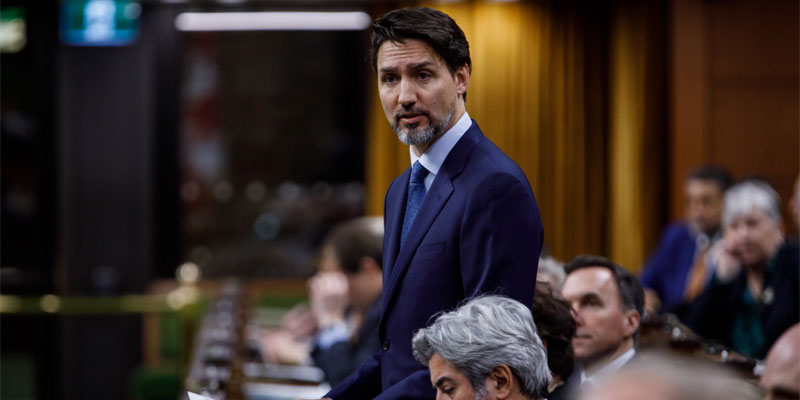
Next Monday’s federal budget—two years overdue—will probably make up for lost time, not by presenting a detailed plan for restoring fiscal balance but with a range of ambitious new spending proposals ostensibly designed to deal with the pandemic’s effects.
And the budget will surely include an assortment of charts and tables showing how Canada is doing well on many fronts with respect to other G-7 countries. Inevitably, there will be the standard chart showing how Canada has the best net debt-to-GDP ratio of the G-7 and who knows how many more such positive comparisons. To spare the wait, we can use data for 2020 from the most recent IMF World Economic Outlook database for a preview of some of the fiscal and economic data.
The first chart, of course, shows that Canada indeed still has the lowest net debt-to-GDP ratio in the G-7 (though it’s closer to United States and United Kingdom levels if one includes the provinces).
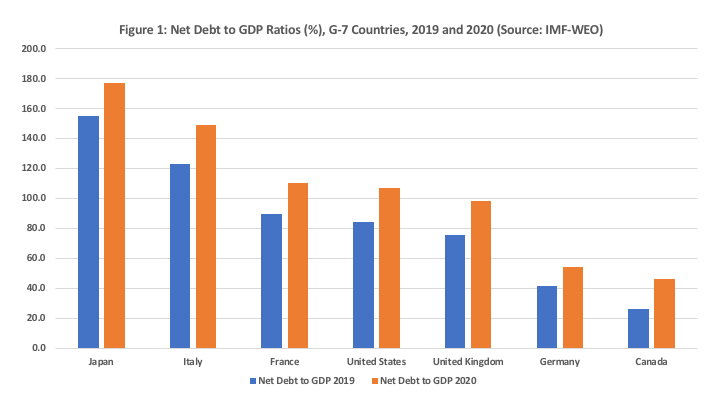
However, the second chart is more instructive. It shows that even with this more limited net debt-to-GDP measure, Canada had the fastest growth in its ratio in the G-7, at 79 per cent with Germany the next highest at 32 per cent.
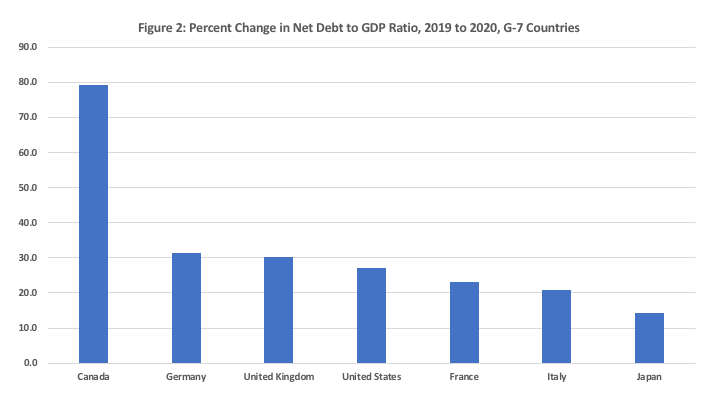
This Canadian net debt growth was fuelled by a revenue drop for general government—at more than 14 per cent, the largest in the G-7—and a general government expenditure increase of 39 per cent, also the largest among G-7 countries as shown in the third chart below (which ranks countries by expenditure growth).
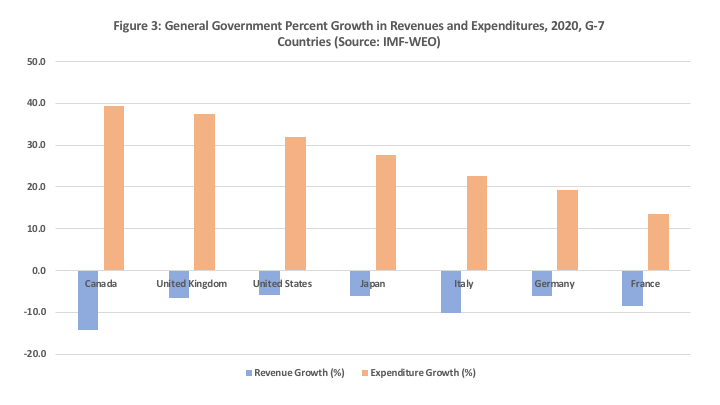
As a result, Canada owns the largest deficit-to-GDP ratio in the G-7 (as shown below) at 20 per cent with the U.S. next at 19 per cent.

Needless to say, the Trudeau government will likely not highlight these fiscal rankings in Budget 2021 and instead focus on “performance outcomes.” However, if one looks at two key indicators of economic performance—unemployment rates and real GDP growth—it seems that all that fiscal stimulus did not necessarily deliver value for money. The two charts below rank G-7 countries according to their unemployment and real GDP growth rates in 2020.
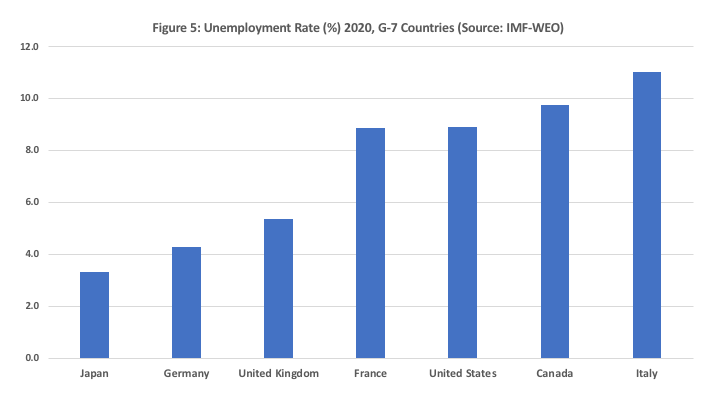
Canada had the second-highest unemployment rate in the G-7 in 2020, despite having the largest ramp-up in net debt-to-GDP and the largest deficit-to-GDP ratio (ostensibly in the name of dealing with COVID’s economic fallout). At the same time, Canada’s real GDP growth rate ranked in the middle of the G-7.

These fiscal and economic snapshots are important to keep in mind when digesting Ottawa’s new budget. We seem to outrank members of the G-7 in our fiscal response during the pandemic year, but the results—in mitigating unemployment or boosting real GDP growth—have been middling at best. In terms of value for money, this means we should approach any plans seeking to further boost federal spending with trepidation.

